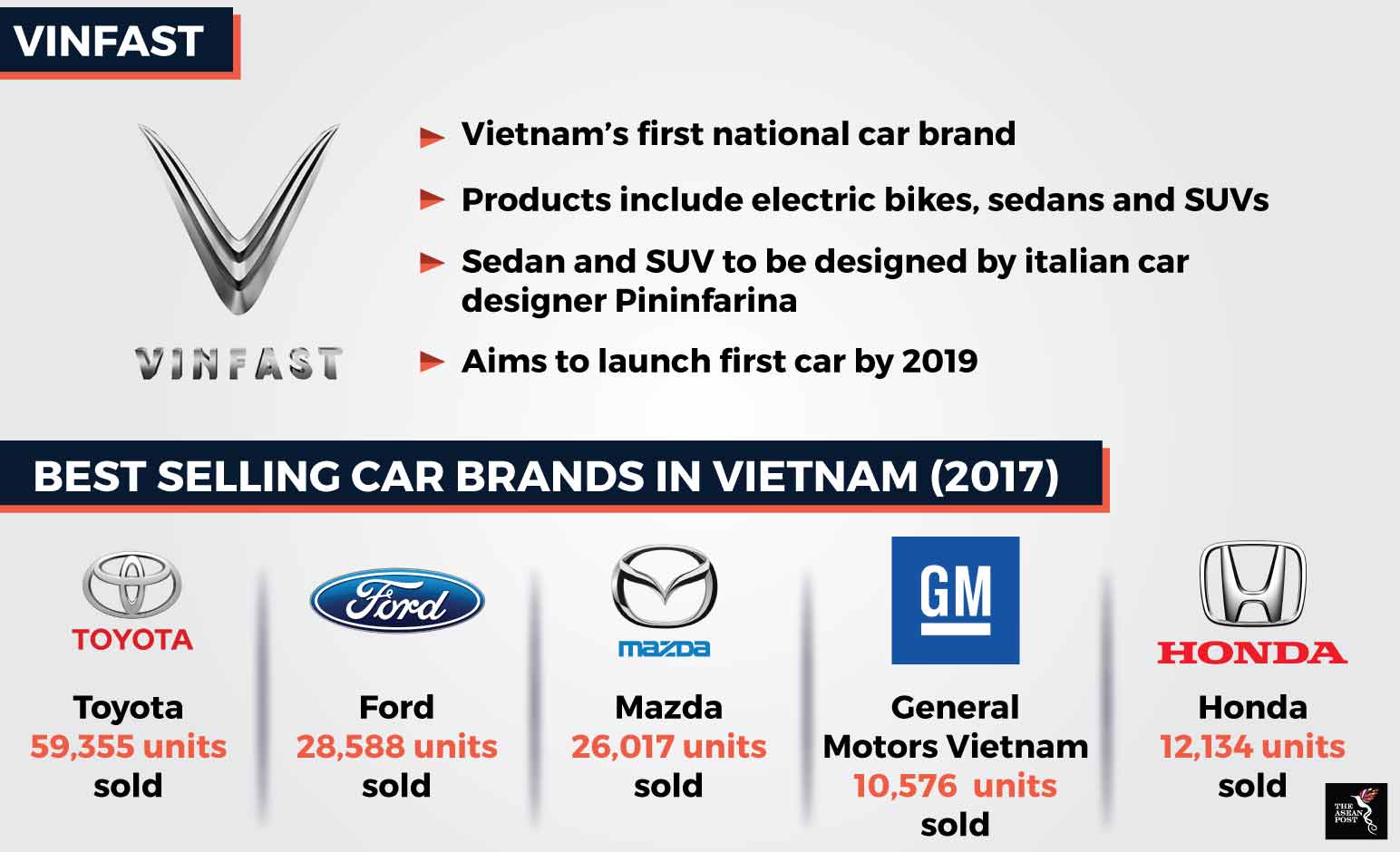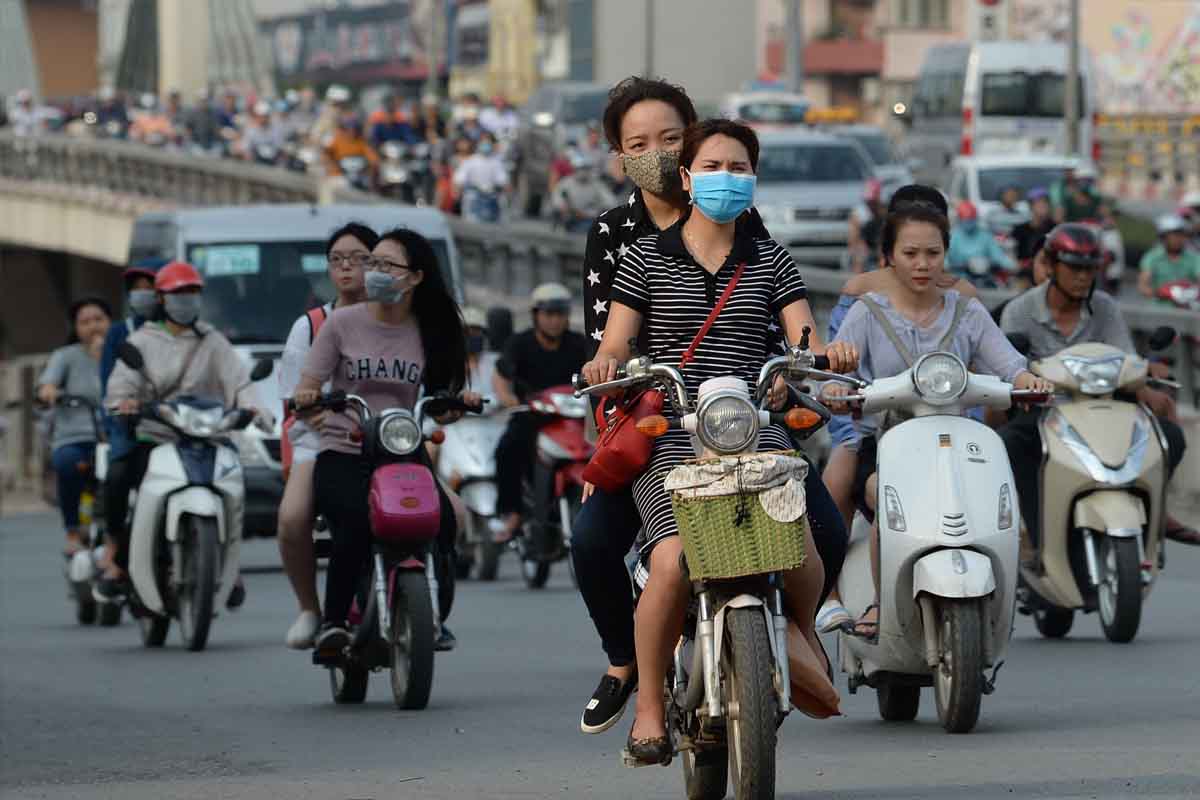In June 2017, Vingroup, a Vietnamese conglomerate focusing on real estate development, retail, mobile and various services decided to diversify its business and launch Vietnam’s first domestic car manufacturer, VinFast.
Not long after, in September 2017, VinFast opened its first manufacturing complex worth US$1.5 billion in the northern port city of Hai Phong, officiated by Nguyen Xuan Phuc, the Vietnamese Prime Minister himself.
VinFast officially entered the automotive market in November last year with its electric scooter models. However, they plan to go big soon by setting themselves some ambitious targets. The VinFast plant will produce vehicles such as electric motorbikes, sedans and sports utility vehicles and also cater to export markets. The company is looking to reach a production capacity of 500,000 cars and a localisation ratio of 60 percent by 2025.
According to a paper titled "Vietnam’s industrialization ambitions: The case of Vingroup and the automotive industry" by Le Hong Hiep, a fellow at ISEAS-Yusuf Ishak Institute in Singapore, the success of VinFast could be the key to boost the country’s automotive sector and help to revitalise the country’s industrialisation efforts.
 Source: Marklines, VIR (2018)
Source: Marklines, VIR (2018)
Vingroup is anticipating an increase in demand for cars in the country and the rest of Southeast Asia. United Kingdom (UK) based automotive market research firm, JATO Dynamics highlighted in their 2017 report that in 2016 Vietnam’s car market was the second fastest growing market in the world.
It is also expected that the country’s rising income will contribute to the growing car market. It was reported in October 2017 that the average Vietnamese income is expected to be around US$3,000 by 2020 which could boost the demand for cars in Vietnam.
Car sales in Southeast Asia is also increasing. Aggregate new car sales in Singapore, Indonesia, Thailand, Vietnam, and the Philippines had risen five percent to nearly 3.4 million units in 2017. These markets could be important for VinFast should they look to export their vehicles.
Le Hong Hiep also mentioned the various challenges facing VinFast. One of the biggest challenges could be overturning the preference for motorcycles and scooters among most Vietnamese. The Vietnam Investment Review (VIR) reported in 2017 that about half of Vietnam’s population own motorcycles while car ownership is at a ratio of 23 cars per 1,000 people. The preference for motorcycles and scooters is not expected to change anytime soon. Another report by VIR shows that Hanoi has an average growth rate of 10 percent and it is projected that by 2025 the city will have 11 million motorcycles on its streets.
Associate Professor, Pham Xuan Mai, former Dean of Traffic Engineering at Ho Chi Minh City University of Technology told VIR that 93 percent of travel lanes or the city’s sidewalks and pavements are occupied by motorcycles. With motorcycles being much cheaper and more equipped to face the notorious traffic jams in Vietnam’s cities there isn’t much incentive for Vietnamese to opt for a car instead. In his paper, Le Hong Hiep also points out that the lack of infrastructure for cars which causes massive gridlocks in Vietnam’s cities could also discourage locals from buying cars.
Imported cars have also become more affordable. At the start of 2018, Vietnam along with Cambodia, Lao and Myanmar abolished tariffs on imported cars after becoming fully integrated into the ASEAN Economic Community. As a result, VinFast now has to compete with established car brands from Japan, for example. Local reports also show that Vietnam spent US$2.1 billion on car imports in 2017. This figure is expected to increase again following the removal of tariffs.
Seeing the effect that tariff removal could have on the local automotive market, the government of Vietnam has enacted a new decree which imposes stricter regulations for imported cars. This is not the first time VinFast has benefitted from government policy. The government has also given VinFast a 50 percent reduction on corporate income tax for its first 15 years of operation. Le Hong Hiep says that the government’s preferential treatment of VinFast could be an advantage to the company in the face of all the challenges it faces.
While a national car can be a symbol of pride and of a nation’s economic success, VinFast has its work cut out for it in the Vietnamese automotive market.
Related stories:
Malaysian automotive sector on the rise
